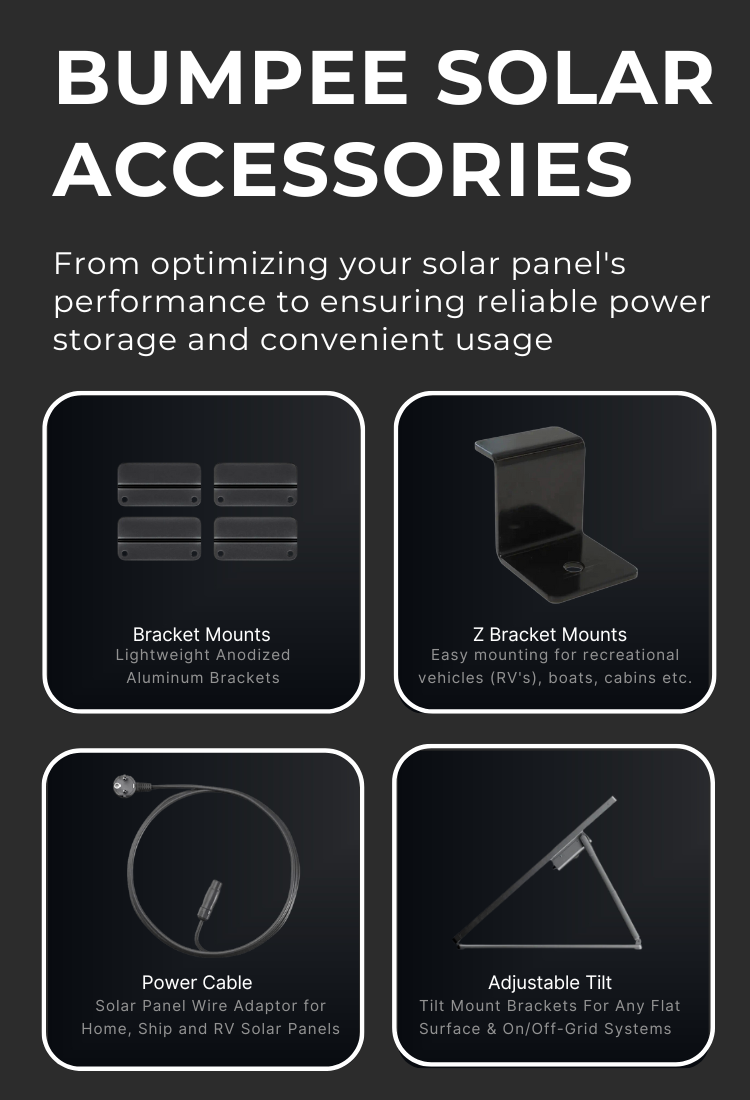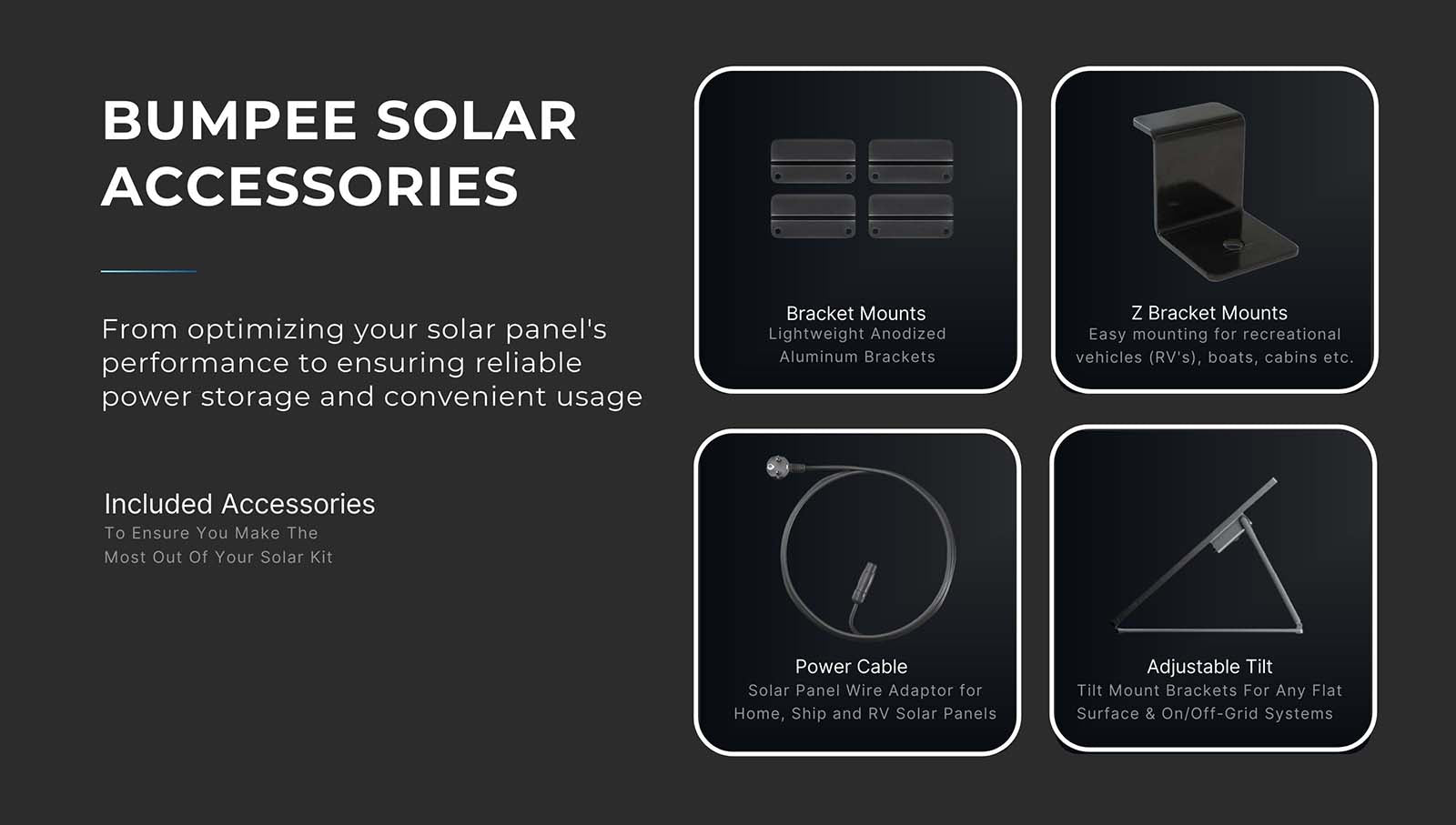Unbox - Install - Plugin
No wiring or inter connection needed.
Usable for simplified grid access for production installations up to 600 Wp (DE) or 800 Wp (AT)
Simple connection to the household grid without any effort of connection - the module immediately produces electricity
4mm this solid aluminum frame with beveled cut and solar glass with anti reflective coating
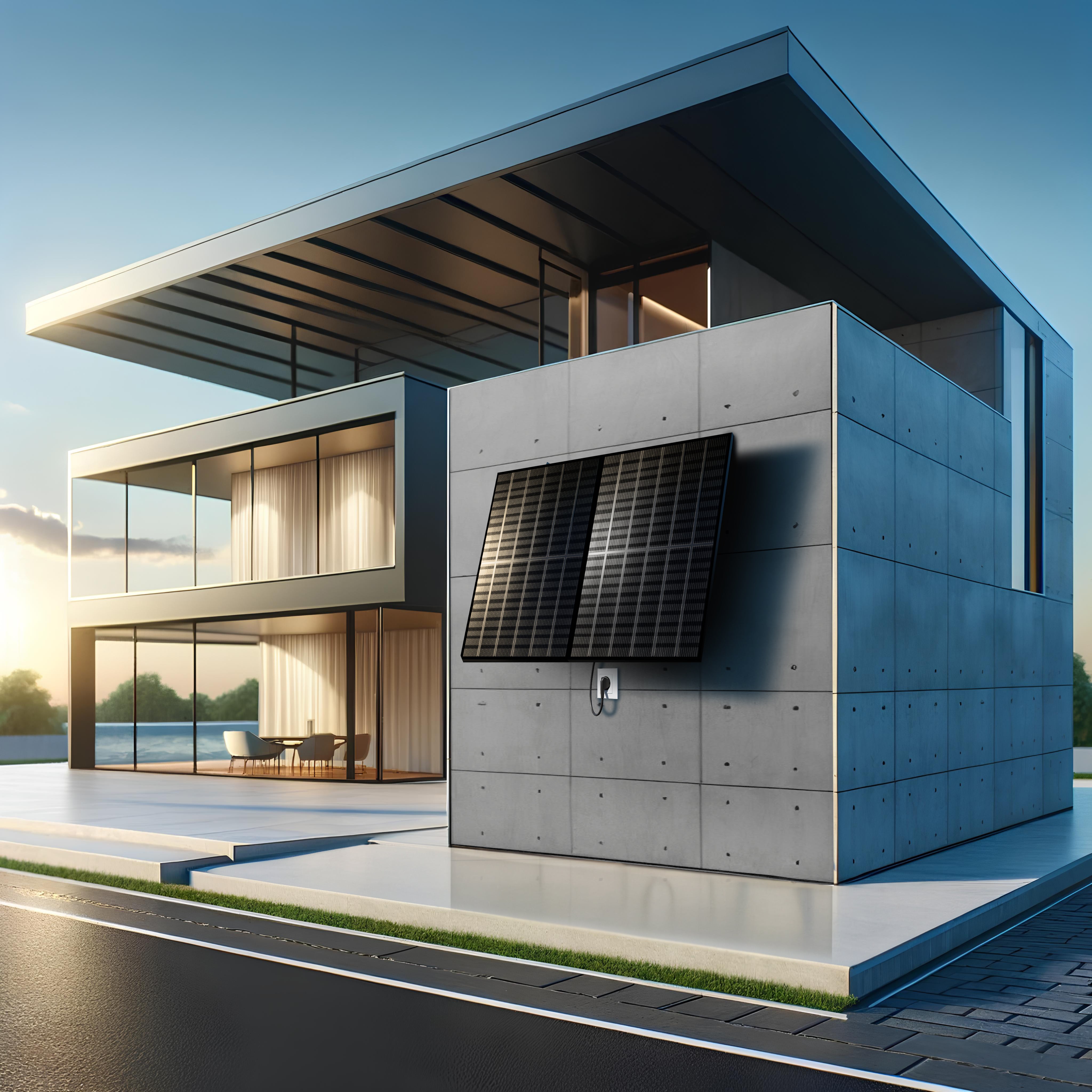
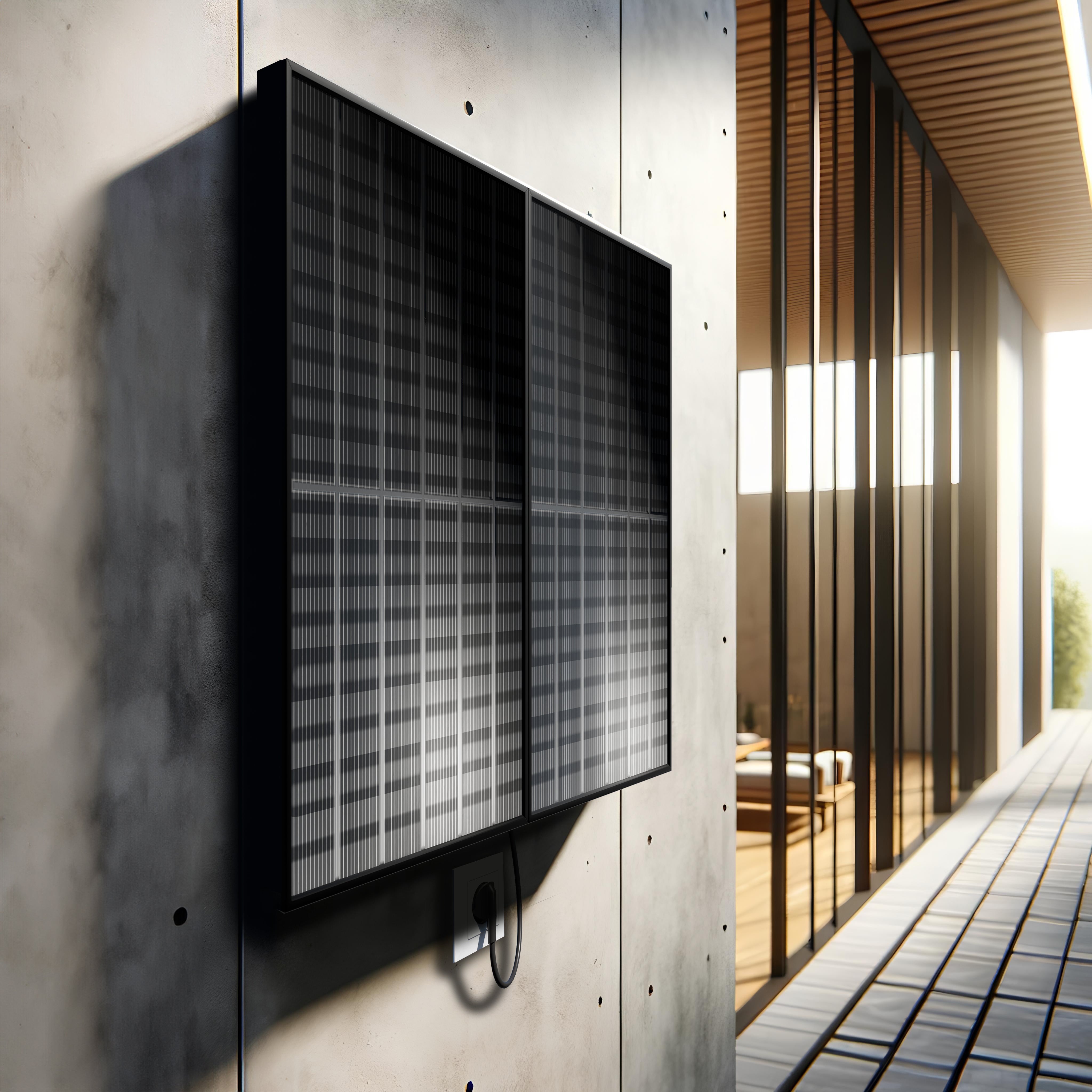
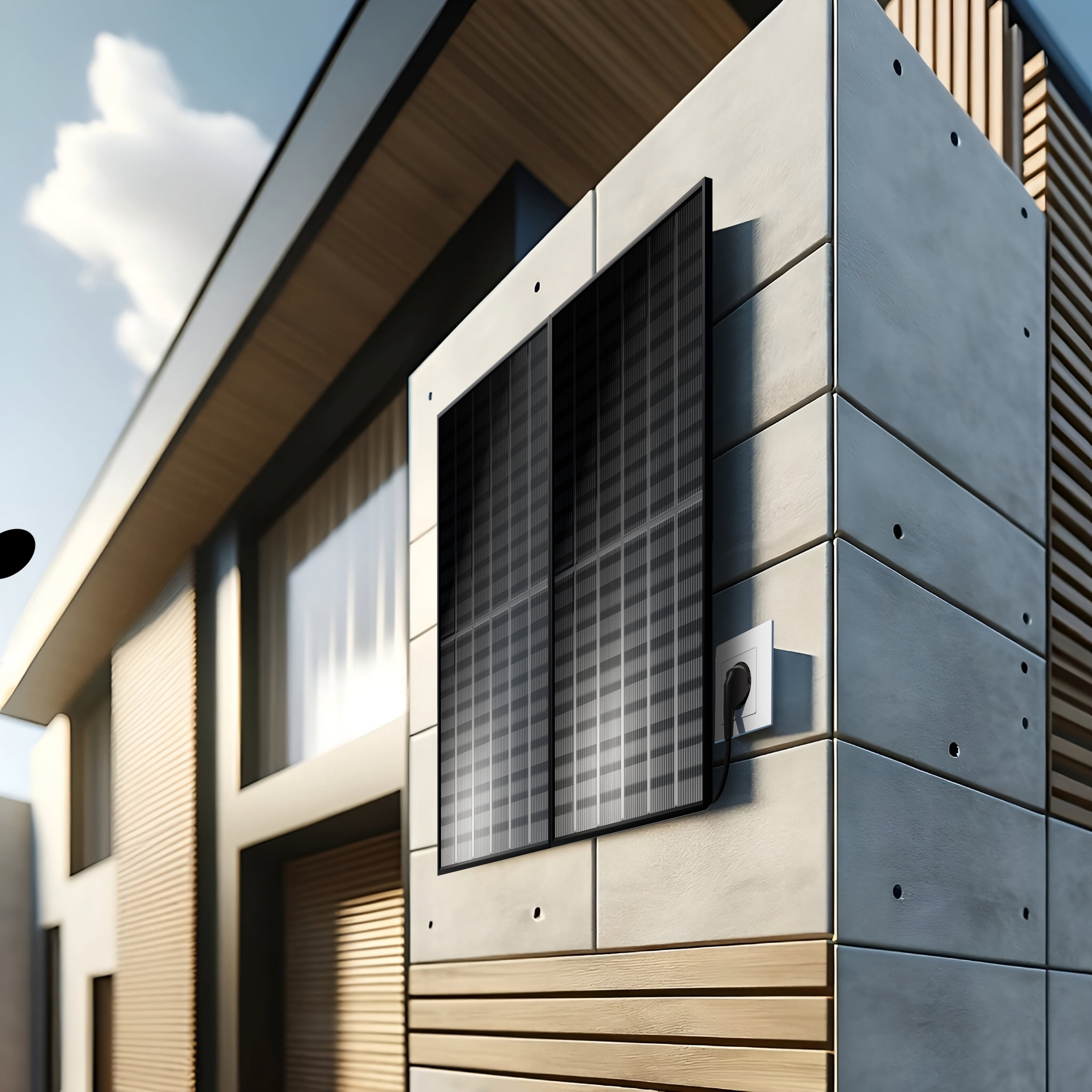

Solid Construction
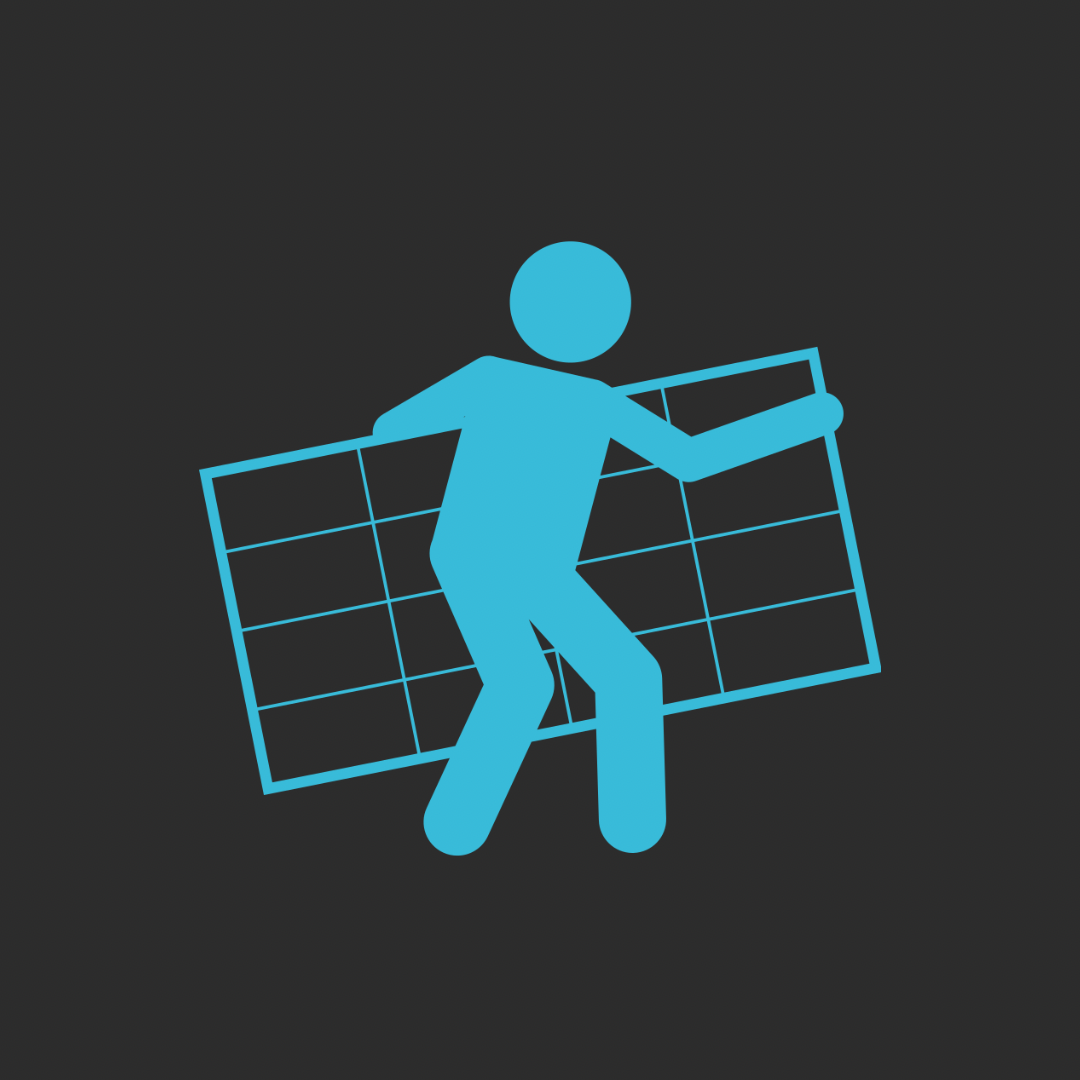
Microinverter

Up to (400 kW/year)

Plug & Play Solution
FAQ
Opting for solar energy brings a myriad of benefits, from significant cost savings to a reduced environmental footprint. Installing a solar system not only elevates your home's market value but also represents a step forward in sustainable living.
By installing solar panels, you'll notice immediate savings on electricity bills and shield yourself from future rate increases. The extent of your savings is influenced by local utility rates and solar policies, making solar a sound investment across various locations.
Solar power, like other renewable resources, offers substantial environmental and health advantages. It cuts down on greenhouse gas emissions linked to climate change and reduces air pollutants that can lead to health issues.
Understanding how solar panels convert sunlight into energy is crucial, especially when considering potential scenarios like power outages. Solar panels transform sunlight into electricity, which can then be used or stored, depending on your system setup.
Solar panels require sunlight to generate power, leading to reduced output on cloudy days and none at night. However, financial incentives and high electricity costs still make solar beneficial. In blackouts, systems connected to the grid will shut down for safety, though certain setups allow for emergency power.







